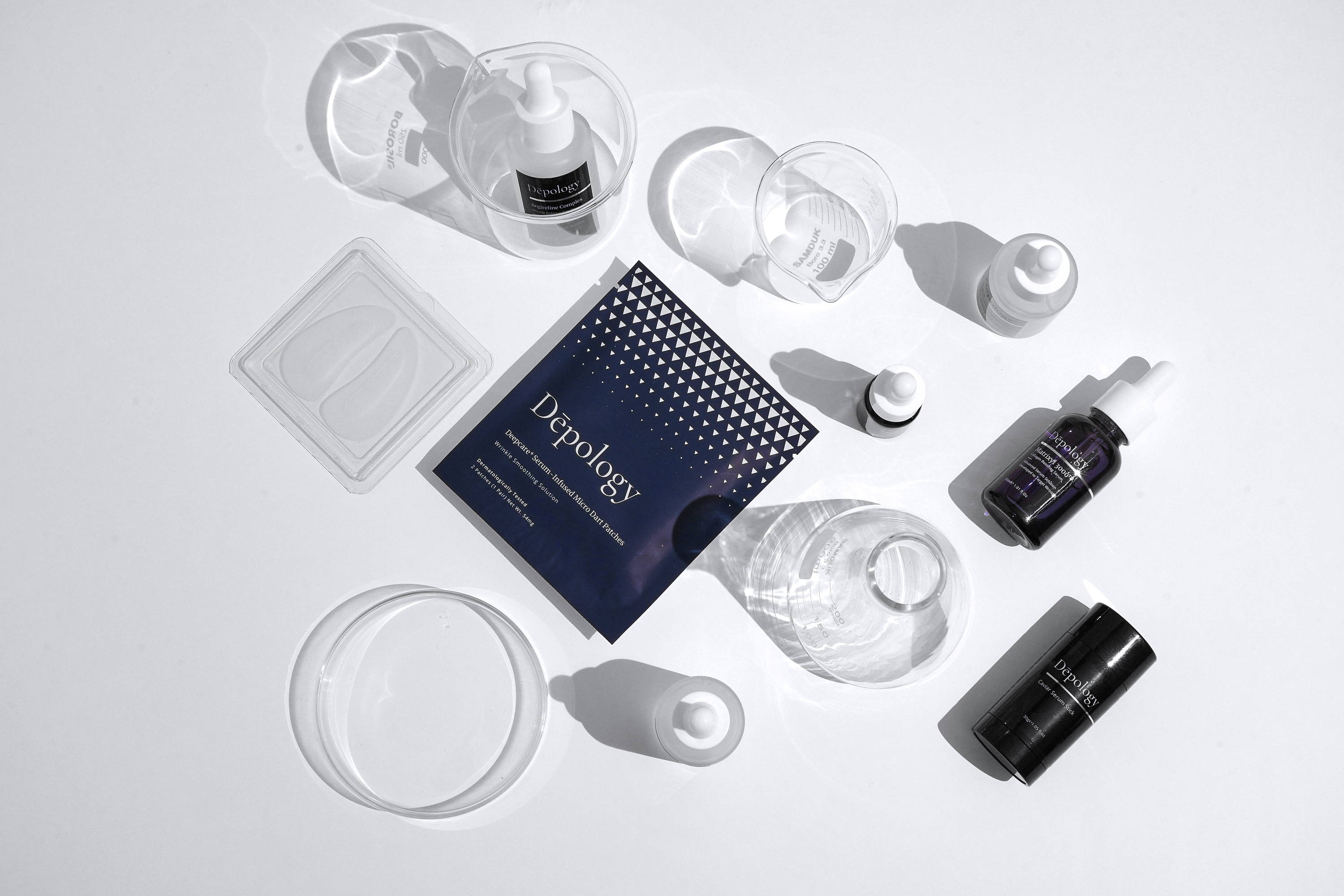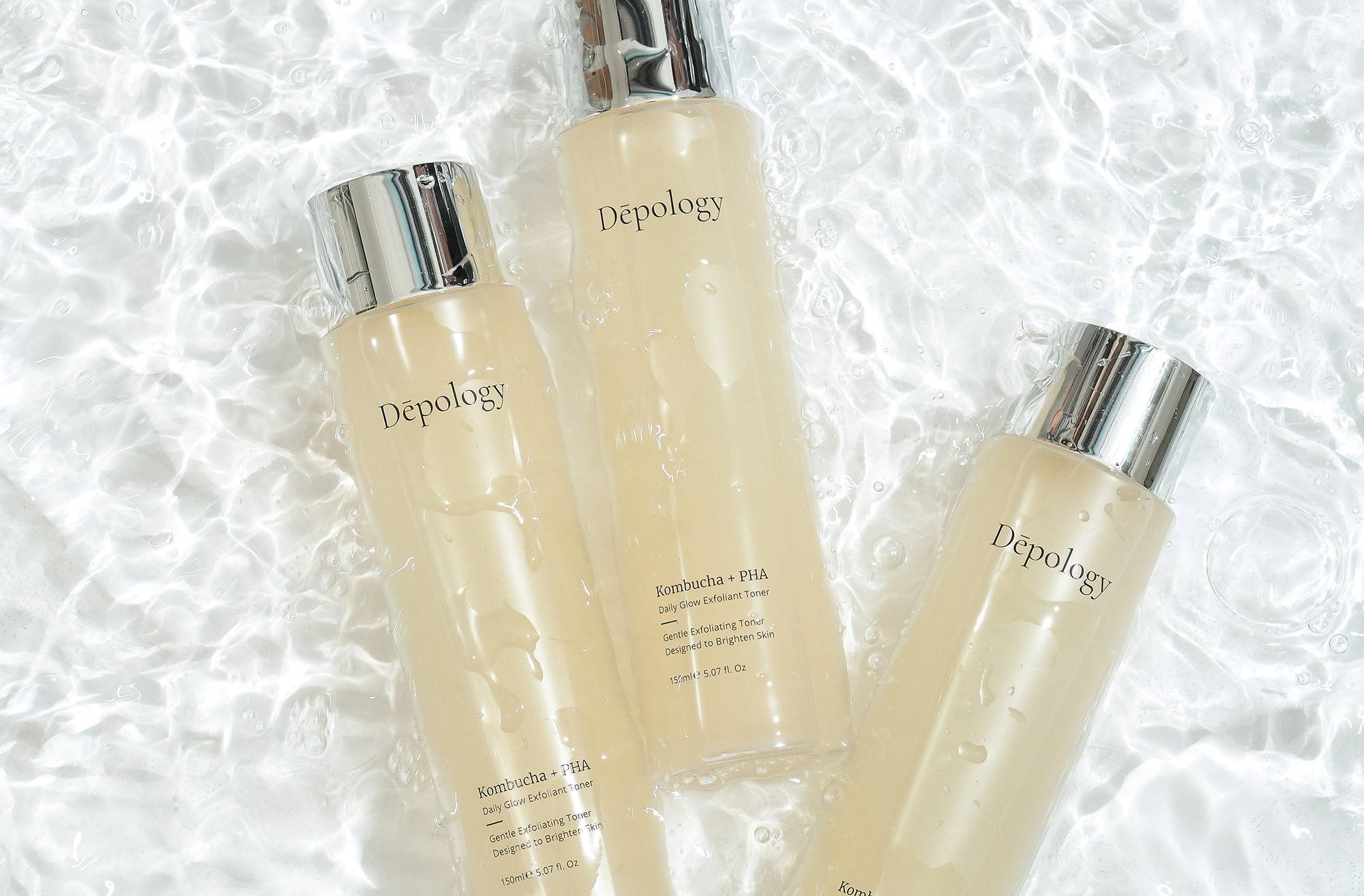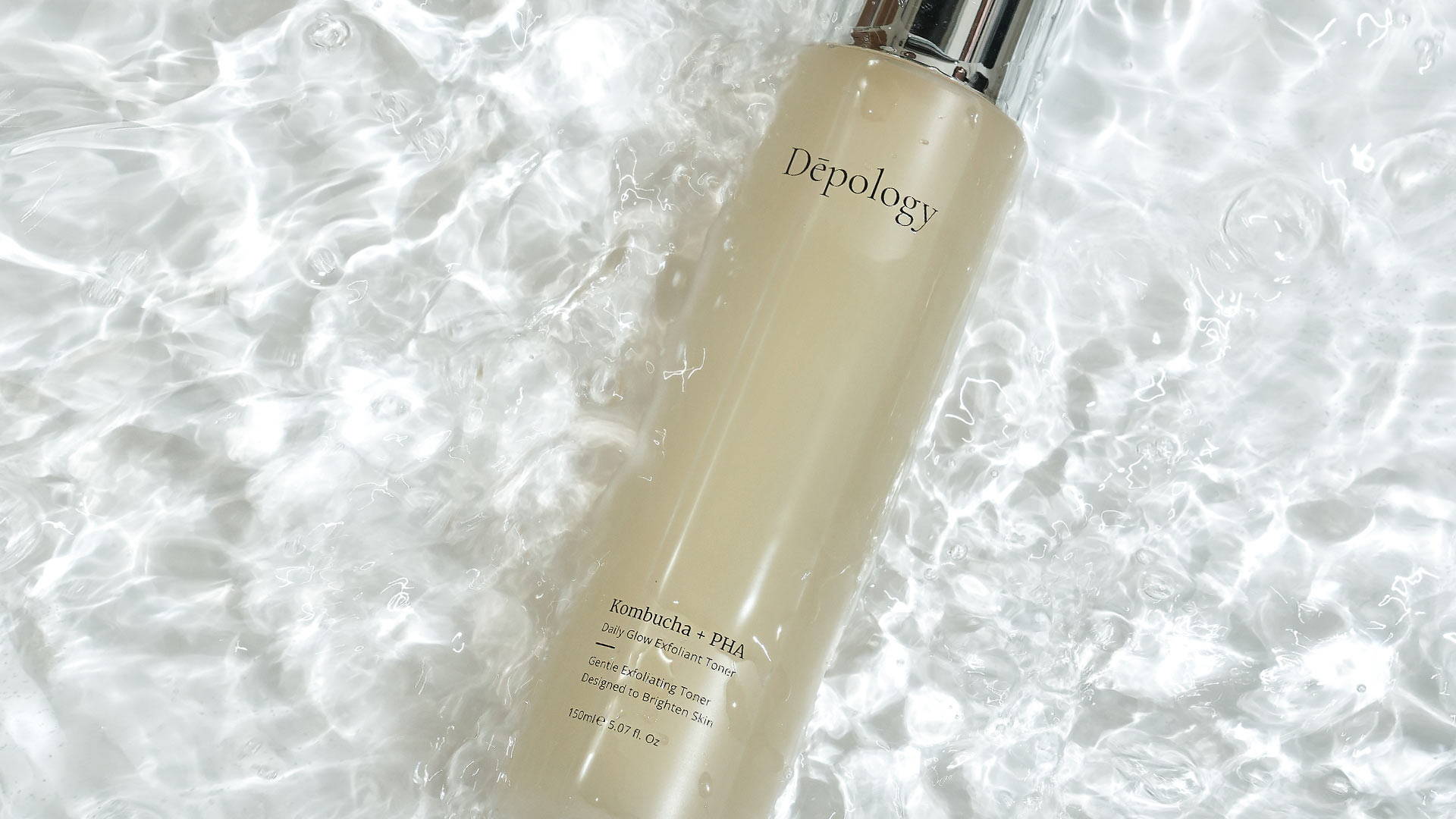
How To Know If You Over-Exfoliated
We all want smooth, glowing skin, which is why exfoliation is becoming one of the most popular methods for more advanced skin care. But with any skincare routine, exfoliating too much or too often can do more harm than good, so it's important to know how often to exfoliate and how to tell when you've over-exfoliated. Keep reading if you want to understand the signs of over-exfoliation and learn how to get your skin back to a healthy condition. We'll cover everything you need to know so that you can get smooth skin without damaging it in the process.
What Is Exfoliation?
Exfoliation is an essential part of any skincare routine. It is the process of removing dead skin cells from the outermost layer of the skin to reveal the healthy new cells underneath. This helps to brighten the skin, even out its tone, shrink pores, and create a smoother, softer texture. It also allows skincare products to absorb better and penetrate deeper into the skin for maximum effects.
There are two types of exfoliation— physical, which is done with a rough-textured cloth or brush, and chemical, which is done with a product containing AHAs (alpha hydroxy acids), BHAs (beta hydroxy acids), or PHAs (polyhydroxy acids). Both methods are effective and best used in moderation.
Read More: Acids In Skincare: Dos and Don'ts, PHA Skin Benefits
What Is Over-Exfoliation?
When it comes to exfoliation, over-exfoliation is a real concern. This simply means that you're exfoliating too much or too often. If you exfoliate more often than the recommended frequency, exfoliate for too long, or use harsh exfoliating ingredients, you'll strip away too much of the top layer of skin. This can leave the skin irritated and red, feeling tight and dry. Over-exfoliation can also damage your skin, making it more susceptible to environmental damage and breakouts. It's important to recognize the signs of over-exfoliation and adjust your routine accordingly.
What Are The Signs Of Over-Exfoliation?
When your skin is over-exfoliated, it can give off some telltale signs that something's not quite right:
- Extreme Dryness & Sensitivity: One of the main signs of over-exfoliation is dryness and tightness— it may feel as though your skin is too thin and overly sensitive. Other skincare products or environmental stressors might sting, which is never a good sign.
- Increased Itchiness & Redness: You'll also notice your skin becoming more red, itchy, and uncomfortable, with occasional stinging and burning. While typically mild, these symptoms may become more intense if you continue to over-exfoliate and can lead to broken capillaries and other skin problems.
- More Breakouts: Over-exfoliation also breaks down defenses and exposes skin to outside factors that can cause a myriad of issues. Breakouts can become more common as your skin is less protected from dirt and debris.
With these signs in mind, it's important to adjust your exfoliation routine as needed.
How Do I Avoid Over-Exfoliation?
To avoid over-exfoliating, start slowly and gradually increase the amount and frequency of exfoliation. Start by exfoliating once or twice a week and work your way up to a few days per week, depending on the product. It's essential to listen to your skin and pay attention to its needs— if your skin feels dry and irritated, reduce the amount of exfoliation. Also, use gentle ingredients that are designed for your skin type, and always remember to use a moisturizer immediately after to keep your skin hydrated and protected. Be sure to use sunscreen with at least SPF 30 daily to protect your skin from UV damage. Finally, make sure that you always read the instructions on the product for the best results. By following these simple tips, you can ensure that your skin stays healthy and is not over-exfoliated.
How To Repair Skin That Has Been Over-Exfoliated?
If you've over-exfoliated your skin, it's important to take steps to repair the damage.
- First of all, avoid exfoliating until your skin has completely healed. You should also avoid active ingredients like Vitamin C and retinol until your skin is back on track.
- Use a hydrating and calming mask with soothing ingredients like aloe, green tea, or cucumber. This will help to reduce inflammation, redness, and dryness.
- Try moisturizing serums and creams with antioxidants to repair and protect the skin.
- Re-evaluate your exfoliation routine and opt for gentler ingredients if needed.
By following these steps, you can help your skin recover from over-exfoliation and get it back to a healthy condition.
What Are Examples Of Gentle Exfoliants?
If you're looking for gentle exfoliants that won't contribute to over-exfoliation, there are plenty of options to choose from. For physical exfoliants, look for a soft-textured cloth, sponge, or brush and use gentle, circular motions. For chemical exfoliants, look for products containing AHAs, BHAs, or PHAs. These products are designed to exfoliate without harming the skin as long as they are used as directed on the packaging. If you have more sensitive skin, PHAs are an excellent option since they have larger molecules and don't penetrate as deeply as AHAs and BHAs. With the help of gentle exfoliants, you can effectively and safely remove dead skin cells while avoiding irritation and other signs of over-exfoliation.
Our Pick:
The Final Verdict
If you're serious about achieving healthy, glowing skin, then understanding how to exfoliate correctly can go a long way. It's important to know the signs of over-exfoliation so that you can make the necessary adjustments to your skincare routine. Listen to your skin's needs and adjust your exfoliation habits accordingly to avoid over-exfoliation. And if you do find yourself over-exfoliating, make sure to follow the steps outlined in this post to heal and repair your skin. With the proper exfoliation routine, you'll be sure to see smoother, brighter, and healthier skin in no time!













